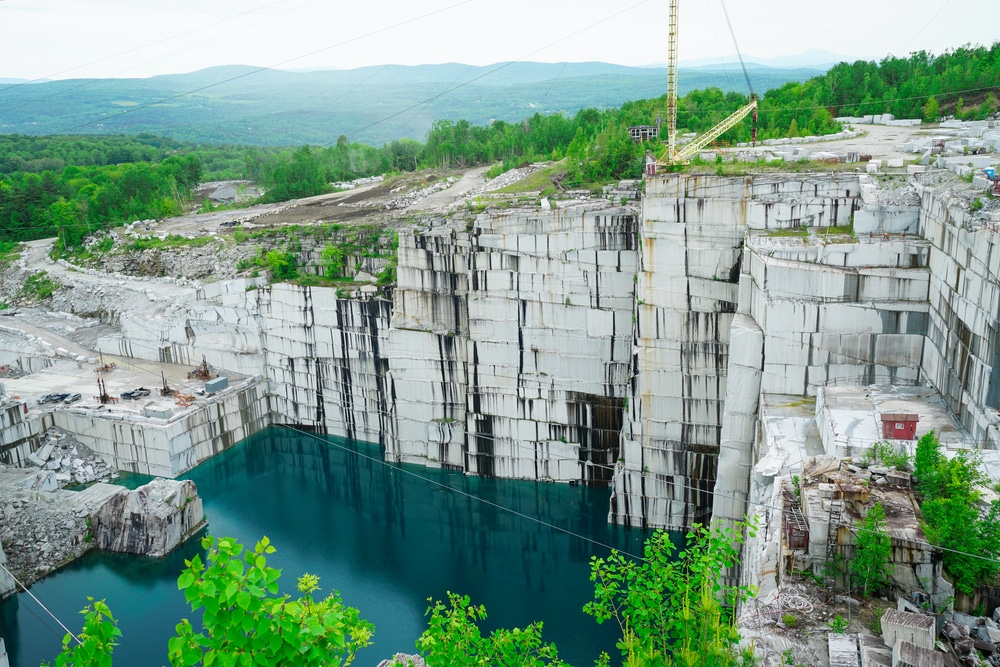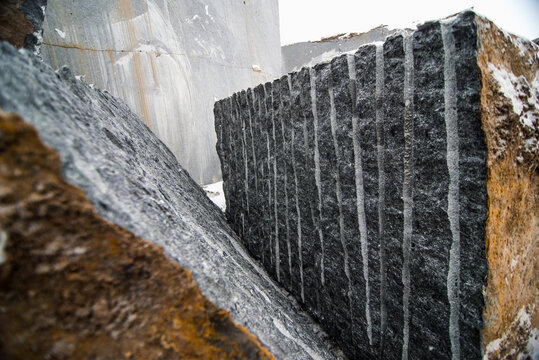The Covert Treasures: Exploring Granite Quarries in South Africa
The Covert Treasures: Exploring Granite Quarries in South Africa
Blog Article
Unearthing the Rich History and Lasting Practices of Granite Quarrying
As we stand on the precipice of discovering the intricate tapestry of granite quarrying, a trip through time reveals not simply the physical act of removing rock yet also the social and historic importance woven right into the extremely material of this practice. From the ancient beginnings that laid the structure for modern quarrying strategies to the sustainable methods that are shaping the future of this industry, each chisel mark on granite surfaces narrates waiting to be discovered (granite quarries in south africa). The legacy of granite quarrying stretches far past plain removal; it is a testament to human ingenuity, durability, and the enduring attraction of this magnificent stone
Old Origins of Granite Quarrying
Going back to old human beings, the practice of quarrying granite has been an indispensable component of human history and architectural improvement. The earliest evidence of granite quarrying go back to ancient Egypt, where huge pyramids and complex sculptures were crafted from this resilient stone. The Egyptians made use of primitive devices to remove granite blocks from quarries, showcasing the relevance of this product in their monumental building and constructions.
Progressing in background, the Greeks likewise made considerable contributions to the quarrying of granite. The Greeks made use of granite in numerous building wonders, such as holy places and sculptures, showing their skill in shaping and sculpting this sturdy stone. The Romans additionally refined the techniques of quarrying granite, utilizing innovative tools like knives and hammers to extract and shape granite for their legendary frameworks.
With the centuries, the practice of quarrying granite has progressed, with modern-day innovations enhancing effectiveness while maintaining the ageless allure of this all-natural stone - granite quarries in south africa. From ancient worlds to modern home builders, the legacy of granite quarrying remains to form our world
Evolution of Quarrying Techniques
The evolution of quarrying strategies has actually been marked by a continual progression in the direction of greater performance and precision in removing granite. From the primary approaches utilized by our ancestors to the innovative technologies utilized in modern quarrying procedures, the industry has actually gone through considerable advancements. Early quarrying strategies entailed manual work with standard devices such as blades, hammers, and wedges to extract granite blocks from the earth. As human beings advanced, methods like fire-setting and primitive explosives were presented to facilitate the extraction process.
Advancements in computer-controlled tools and 3D modeling have enhanced quarrying operations, leading to very little environmental impact and enhanced sustainability techniques. As the demand for granite continues to rise, the advancement of quarrying strategies remains essential to conference industry needs effectively and sustainably.
Cultural Relevance of Granite
Granite holds a profound cultural relevance throughout numerous civilizations as a result of its long-lasting existence in architectural masterpieces and prized monuments. From the majestic pyramids of Egypt to the complex carvings of the Angkor Wat holy place in Cambodia, granite has actually been a material of option for revealing majesty and durability in cultural heritage. In ancient Rome, granite columns adorned holy places and public buildings, signifying toughness and permanence. The social significance of granite extends beyond its physical features; it symbolizes strength, stability, and eternity, making it a sign of withstanding legacies and traditions.

Sustainable Practices in Quarrying
Among the rich background of granite quarrying and its cultural relevance exists an expanding focus on sustainable techniques within the sector. As ecological understanding and issues regarding source depletion have enhanced globally, the quarrying industry has progressively embraced lasting approaches to lessen its influence on the go to this web-site environment and surrounding communities.

Furthermore, recovery and rehabilitation of quarry sites post-extraction are indispensable to lasting methods. By restoring quarried locations to an all-natural or advantageous state, such as producing wild animals environments or leisure spaces, quarriers can counter the ecological footprint of their procedures and add positively to the neighborhood ecosystem.
Legacy of Granite Quarrying
With a historic backdrop steeped in workmanship and industrial progress, what sustaining effect has granite quarrying left on the landscape of modern society? The heritage of granite quarrying goes beyond mere extraction practices; it has formed building marvels, metropolitan landscapes, and cultural heritage worldwide. The long lasting nature of granite has actually made it a recommended option for monoliths, buildings, and facilities, standing as a testament to the skill and creativity of quarry workers across generations.
Additionally, the economic footprint of granite quarrying can not be neglected. The industry remains to supply job opportunity and drive regional economies in regions where granite extraction prevails. It has additionally stimulated technological innovations in quarrying techniques and equipment, causing more efficient and sustainable techniques.
In terms of sustainability, the legacy of granite quarrying consists of efforts to minimize environmental impacts via improvement projects and liable source management. By stabilizing financial rate of interests with ecological stewardship, the industry strives to guarantee that future generations can remain to profit from this enduring natural deposit.
Conclusion

Report this page